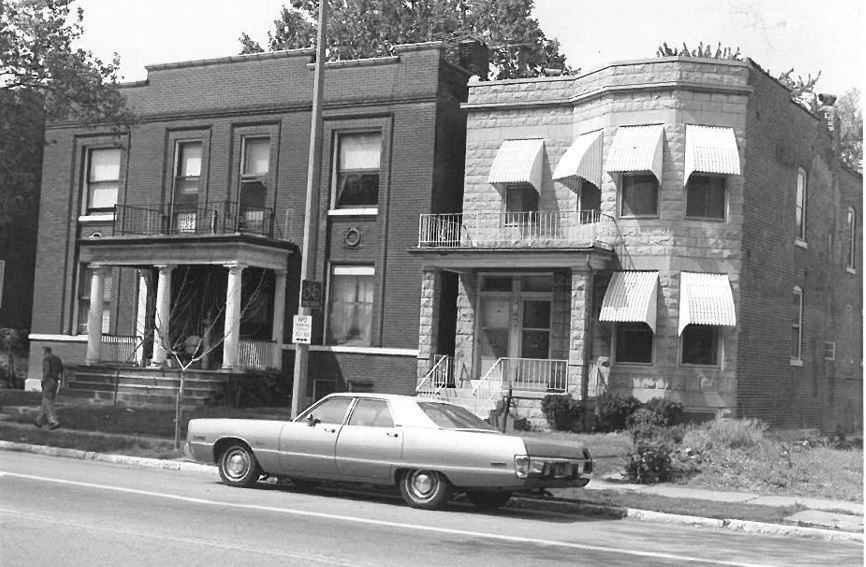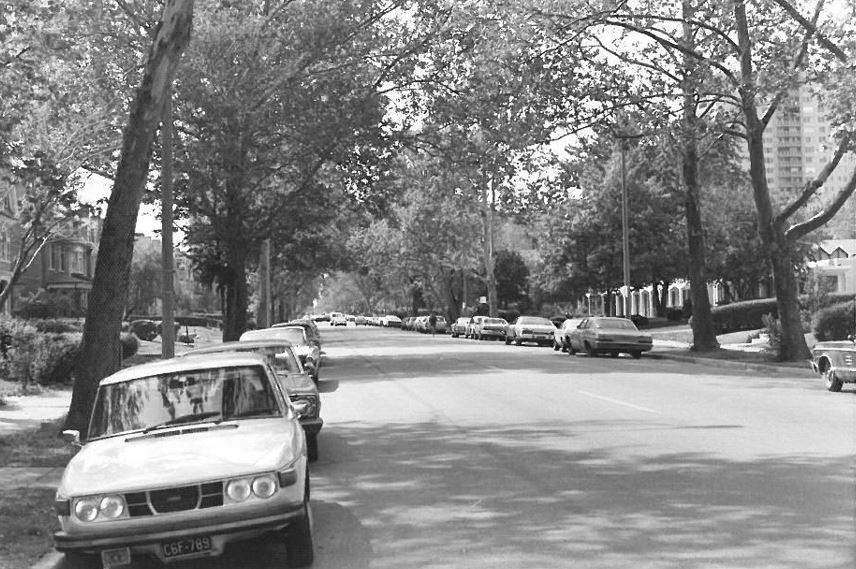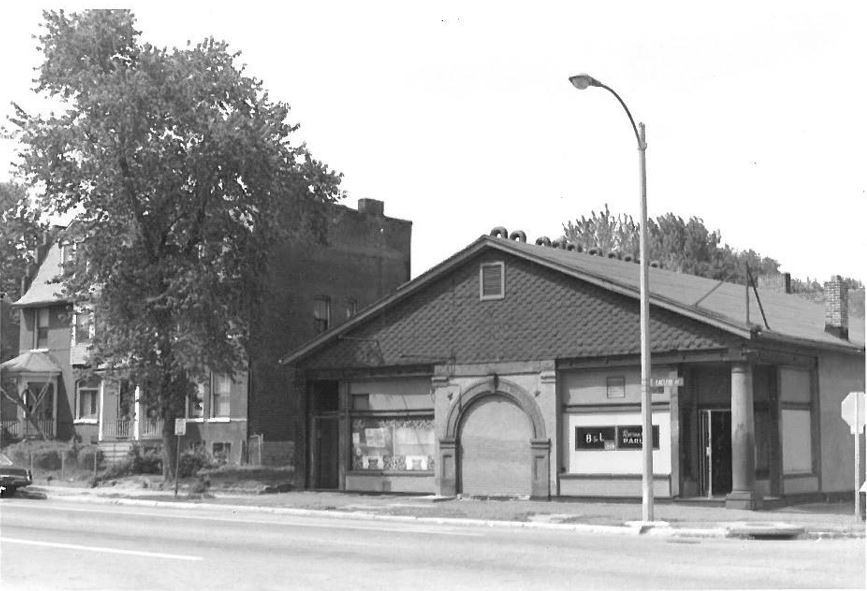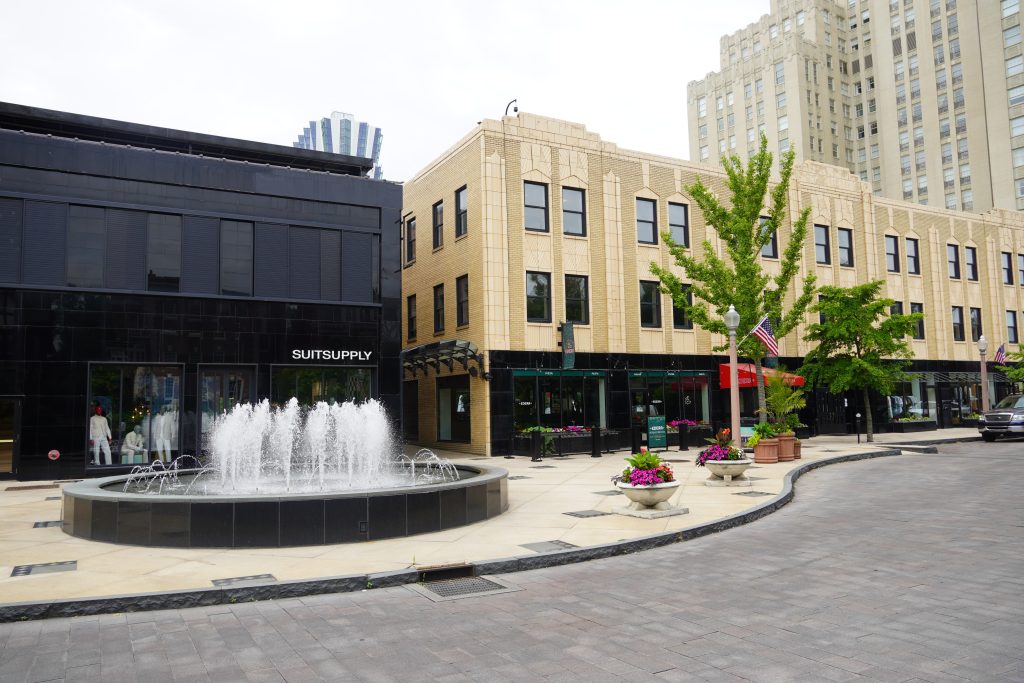A Timeless Treasure: A Brief History of the Central West End
Located just west of midtown St. Louis, the Central West End (CWE) is home to eclectic shops, unique architecture, and bustling streets. Nestled between Forest Park and Saint Louis University, the neighborhood is home to over 16,670 residents and has long been a hub for some of the city’s most influential and successful members. But its story isn’t one of uninterrupted success. Over the decades, the CWE has experienced both prosperity and decline, only to emerge as one of St. Louis’ most celebrated comeback stories.
Development in the CWE began in the 1800s, as St. Louis’ wealthy residents sought larger homes away from the hustle and bustle of downtown. The neighborhood’s streets were soon lined with grand mansions, townhomes, and shops. Its proximity to Forest Park only added to its appeal.

The 1904 World’s Fair, held in the park, continued to add to the neighborhood’s prestige. The fair shifted international attention to St. Louis, prompting infrastructure improvements and attracting new businesses and investments. Upscale hotels, clubs, shops, and restaurants were constructed in the area, solidifying the Central West End as a hub of wealth and culture.Around this time, the Barnes Trust and Robert Brookings acquired properties in the Southwest corner of the neighborhood to establish the Barnes Hospital and Washington University Medical School respectively quickly becoming key institutions to the fabric of the neighborhood. The presence of these two key institutions would later attract other health institutions including Jewish Hospital, Children’s Hospital, Shriners, Missouri Baptist and others which would later collaborate to form the Washington University Medical Center.
After World War II, the Central West End faced significant challenges. As the population reached its peak in 1950 the city became increasingly crowded. Surrounding neighborhoods saw proportional growth and lacked the infrastructure to support the inflow of new residents. It was during this time that suburbanization spread throughout the US. A high percentage of middle and upper-class families fled to the suburbs for the promise of larger homes and lower crime rates and the neighborhood was no exception. As these wealthy residents left, the existing problems were only made worse. Crime rates rose and business moved or shut down. Many of the grand estates that, only decades before, had stood out as beacons of St Louis’s prosperity, were now converted to multifamily homes or left abandoned.

From 1950 to 1970, the neighborhood lost over a quarter of its population. Nearby Forest Park saw a huge decline in visitors due to a lack of maintenance. The neighborhood that had at one time, been a shining example of St Louis’s prosperity was now facing an uncertain future. By the early 70s, the decline of the neighborhood was very evident. Several major institutions had relocated to St. Louis County and the Washington University Medical Center (WUMC) seriously considered following suit. However, after much debate, the WUMC leaders decided against abandoning the Central West End and instead, chose to invest in revitalization efforts.In 1973, the Washington University Medical Center Redevelopment Corporation (WUMCRC) was founded to help revitalize the area surrounding the Washington University Medical Center. WUMCRC was granted certain powers to encourage development within a 280-acre area surrounding the medical center.

Since then, the WUMCRC has contributed significantly to the planning, development management and revitalization of the neighborhood. WUMCRC, along with dozens of prominent community stakeholders worked together in a combined effort to restore the neighborhood to its former self. By the 1990s and 2000s, the Central West End had undergone a dramatic transformation. The introduction of the Metrolink improved accessibility, while historic preservation efforts ensured that the neighborhood retained its unique architectural style. Young professionals, entrepreneurs, and families once again flocked to the neighborhood, drawn by its great location, newfound safety, and flourishing businesses.

Today, the Central West End is a vibrant and diverse neighborhood. It’s home to many iconic landmarks and institutions including the Saint Louis Basilica, the Chase Park Plaza and the World Chess Hall of Fame.
The neighborhood has reclaimed its personality and fosters a community rich with culture, architecture and facilities. Rising property values and the increase of new residents have caused a renewed interest in urban living. The Central West End we see today is a shining example of how driven community members and dedicated officials can come together to restore neighborhoods, which may seem past their prime, to their former glory.
Copyright © 2025 Washington University Medical Center Redevelopment Corporation

